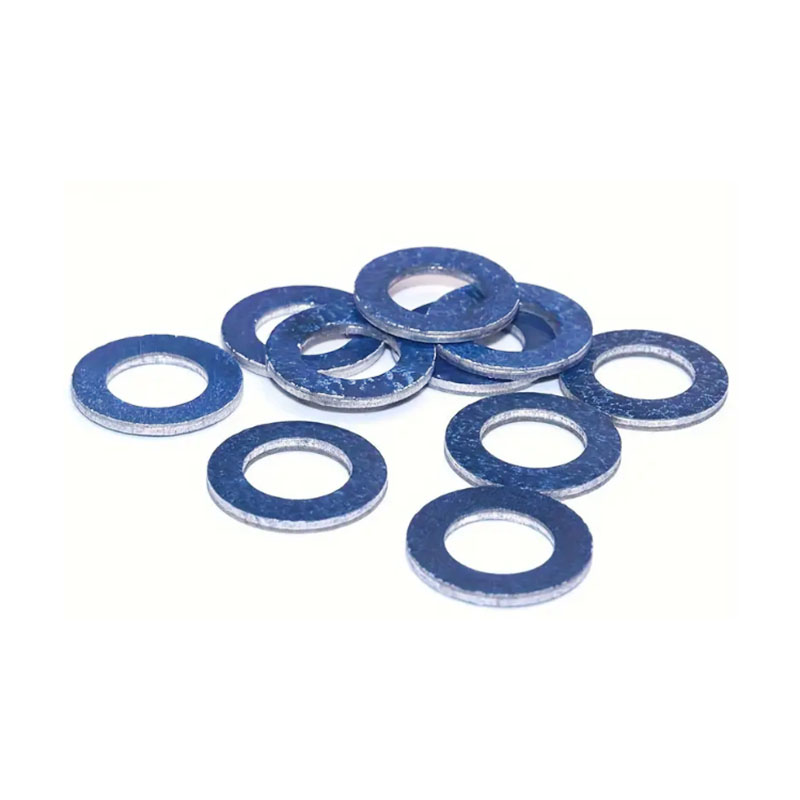drive axle shaft seal
Understanding Drive Axle Shaft Seals
The drive axle shaft seal is a critical component in the drivetrain of vehicles, ensuring optimal performance and longevity of the entire system. Positioned at the point where the axle enters the differential housing, these seals play an essential role in preventing lubricant leakage and protecting the internal components from dirt and contaminants.
Function and Importance
The primary function of a drive axle shaft seal is to contain the lubricant within the differential. This lubricant is vital for reducing friction between the moving internal parts, thereby ensuring smooth operation. If the lubricant leaks out due to a faulty seal, it can lead to insufficient lubrication, resulting in increased wear and tear, potential overheating, and ultimately, catastrophic failure of the differential.
Moreover, these seals act as barriers against dust, mud, and water, which can compromise the integrity of the differential and the axle. Contaminated lubricant can reduce its effectiveness, leading to a higher risk of mechanical failure. Therefore, maintaining the integrity of the drive axle shaft seal is crucial for vehicle health.
Common Issues
Over time, drive axle shaft seals can wear out due to various factors, including age, temperature fluctuations, and exposure to harsh conditions. Signs of a failing seal include visible lubricant leakage and abnormal sounds coming from the differential or axle area. If these symptoms are noticed, it is essential to address the issue promptly to prevent further damage.
drive axle shaft seal

DIY enthusiasts might consider replacing a worn axle shaft seal themselves, but it is important to approach this task with caution. The process typically involves safely lifting the vehicle, removing the wheel and brake components, and then accessing the differential. Proper tools and a good understanding of the vehicle's mechanics are essential for a successful replacement.
Replacement and Maintenance
Replacing a drive axle shaft seal usually requires using a seal puller and ensuring that the new seal is seated correctly. It's also crucial to apply the appropriate amount of lubricant and to check for any signs of wear on the axle shaft itself, as a damaged shaft could lead to premature seal failure.
Regular maintenance of the drivetrain can help prevent seal failure. This includes routine inspections, fluid changes, and addressing any signs of leaking promptly. Vehicle owners should consult the owner's manual for specific maintenance recommendations and intervals.
Conclusion
In conclusion, the drive axle shaft seal is a small but vital component of a vehicle's drivetrain. By ensuring seals are in good condition and addressing any issues promptly, drivers can enhance the reliability and performance of their vehicles, ensuring a smooth and safe driving experience. Regular inspection and maintenance are key to prolonging the lifespan of the axle and its components, ultimately saving time and money on repairs.
-
Understanding the Front Main Engine Seal: Purpose, Maintenance, and Installation
News Jul.29,2025
-
Understanding O-Rings and Seal Rings: Types, Applications, and Custom Solutions
News Jul.29,2025
-
Understanding Crankshaft Oil Seals: Rear Seals, Pulley Seals, and Their Role in Engine Integrity
News Jul.29,2025
-
The Importance of Front and Rear Crankshaft Seals in Engine Performance and Oil Management
News Jul.29,2025
-
Crank Oil Seals: Functions, Types, and Cost Considerations in Engine Maintenance
News Jul.29,2025
-
A Comprehensive Guide to O-Rings and Seals: Types, Materials, and Global Applications
News Jul.29,2025
-
Mastering Diesel and Performance Engine Maintenance: A Guide to Critical Oil Gaskets
News Jul.28,2025
Products categories















